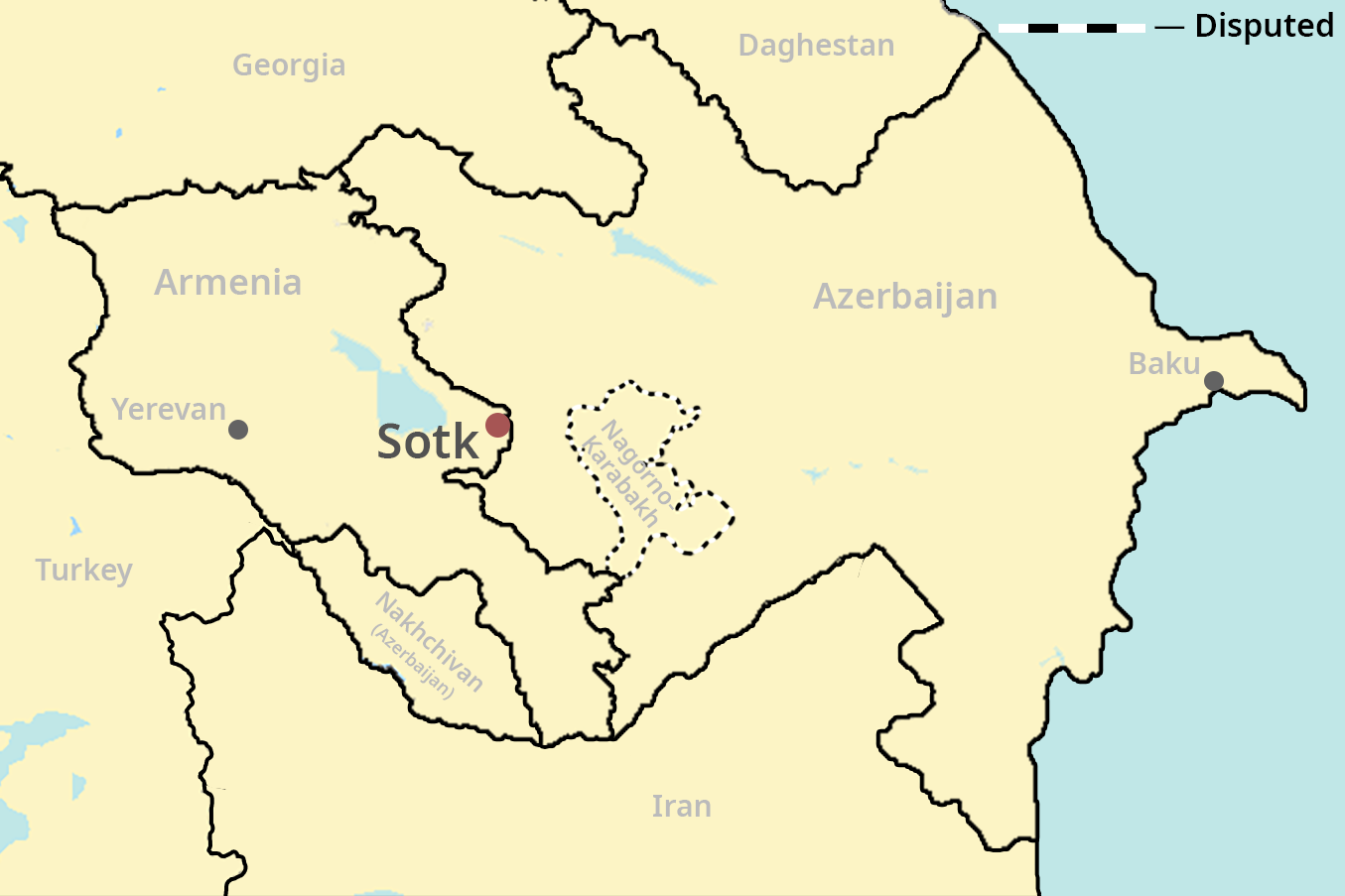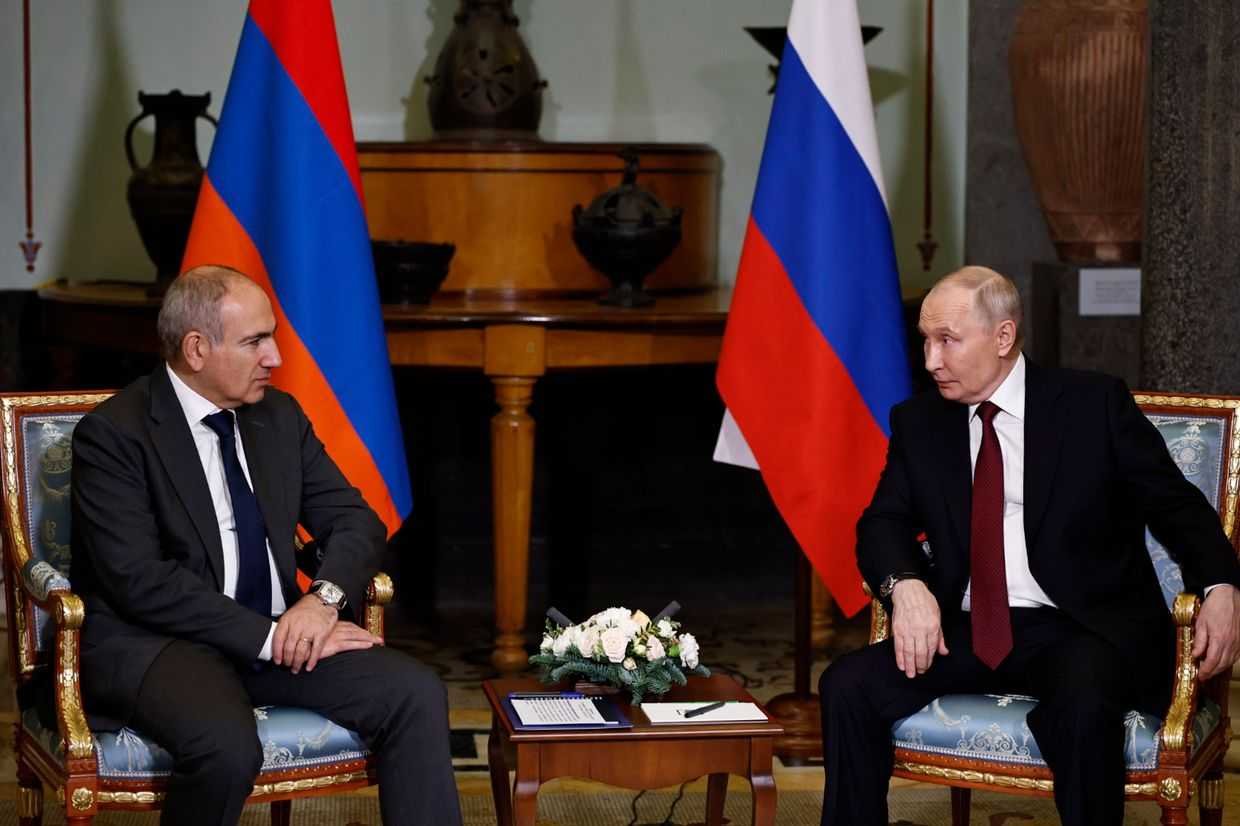
Armenia and Azerbaijan have traded accusations following deadly clashes on the border on 1 September. Armenia reported that three of its soldiers were killed and two more wounded, while Azerbaijan announced three of its soldiers were wounded.
The clashes took place early on Friday morning near the border between Armenia’s Gegharkunik Province and Kalbajar District in Azerbaijan, near the Armenian villages of Sotk and Norabak.
Armenia’s Defence Ministry accused Azerbaijan of using mortars and UAVs during the clashes. They also claimed that Azerbaijan had begun creating a pretext to attack by spreading disinformation the previous day.
On 31 August, Azerbaijan’s Defence Ministry released multiple statements accusing Armenian forces of firing on Azerbaijani positions in the eastern and southwestern sections of the border, all of which were denied by the Armenian side. After Azerbaijan accused Armenia of concentrating weapons on the border near Sotk, Armenia’s defence ministry published footage purportedly of Azerbaijani forces moving into position.

Baku has blamed the clashes on Yerevan. In a statement, Azerbaijan’s foreign ministry claimed that Armenia was escalating the situation at the border to distract the public from domestic problems ‘as well as to mislead the international community’.
The Armenian foreign ministry stated that attacks and bellicose rhetoric from Azerbaijan were a continuation of a policy of Azerbaijan solving problems and ‘imposing its own will’ through the threat of and use of force.
The ministry also said Azerbaijan wished to divert international attention from its blockade of the Lachin Corridor.
On top of the hostilities on the Armenia–Azerbaijan border, there were reports over the weekend of tension in Nagorno-Karabakh. The Nagorno-Karabakh Defence Army reported on Sunday that Azerbaijani forces violated the ceasefire near the northern town of Chankatagh (Janyatag). They said a water truck was targeted leaving one injured on the Armenian side.
Clashes frequently break out on the Armenia–Azerbaijan border. Earlier this year, fighting broke out in the same area ahead of internationally mediated talks between the two countries’ leaders in Brussels.
The largest such incident since the 2020 Second Nagorno-Karabakh War took place last September, when Azerbaijani forces took control of swathes of territory inside Armenia’s Syunik, Gegharkunik, and Vayots Dzor provinces.
For ease of reading, we choose not to use qualifiers such as ‘de facto’, ‘unrecognised’, or ‘partially recognised’ when discussing institutions or political positions within Abkhazia, Nagorno-Karabakh, and South Ossetia. This does not imply a position on their status.









